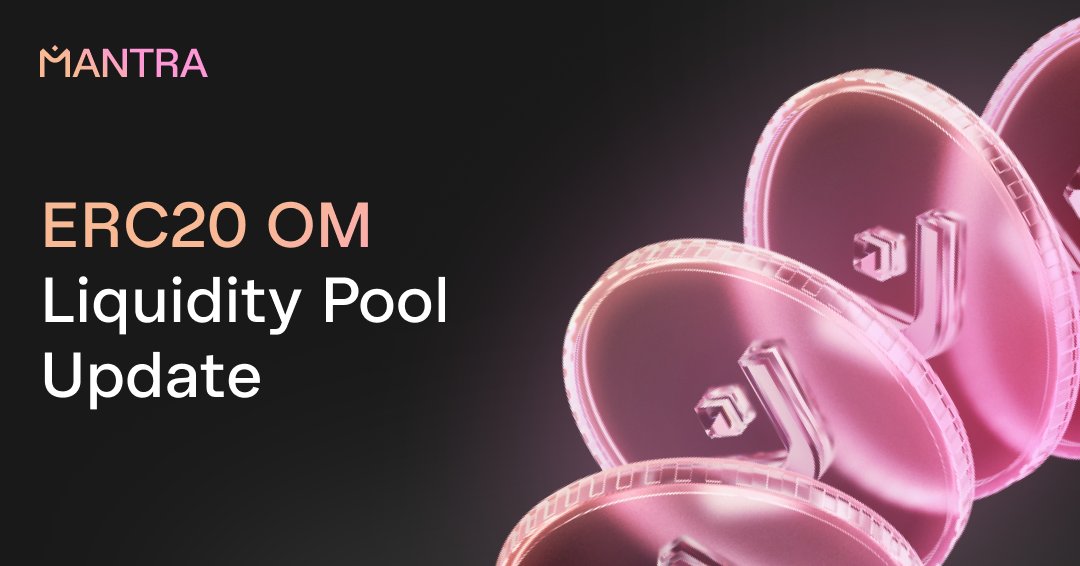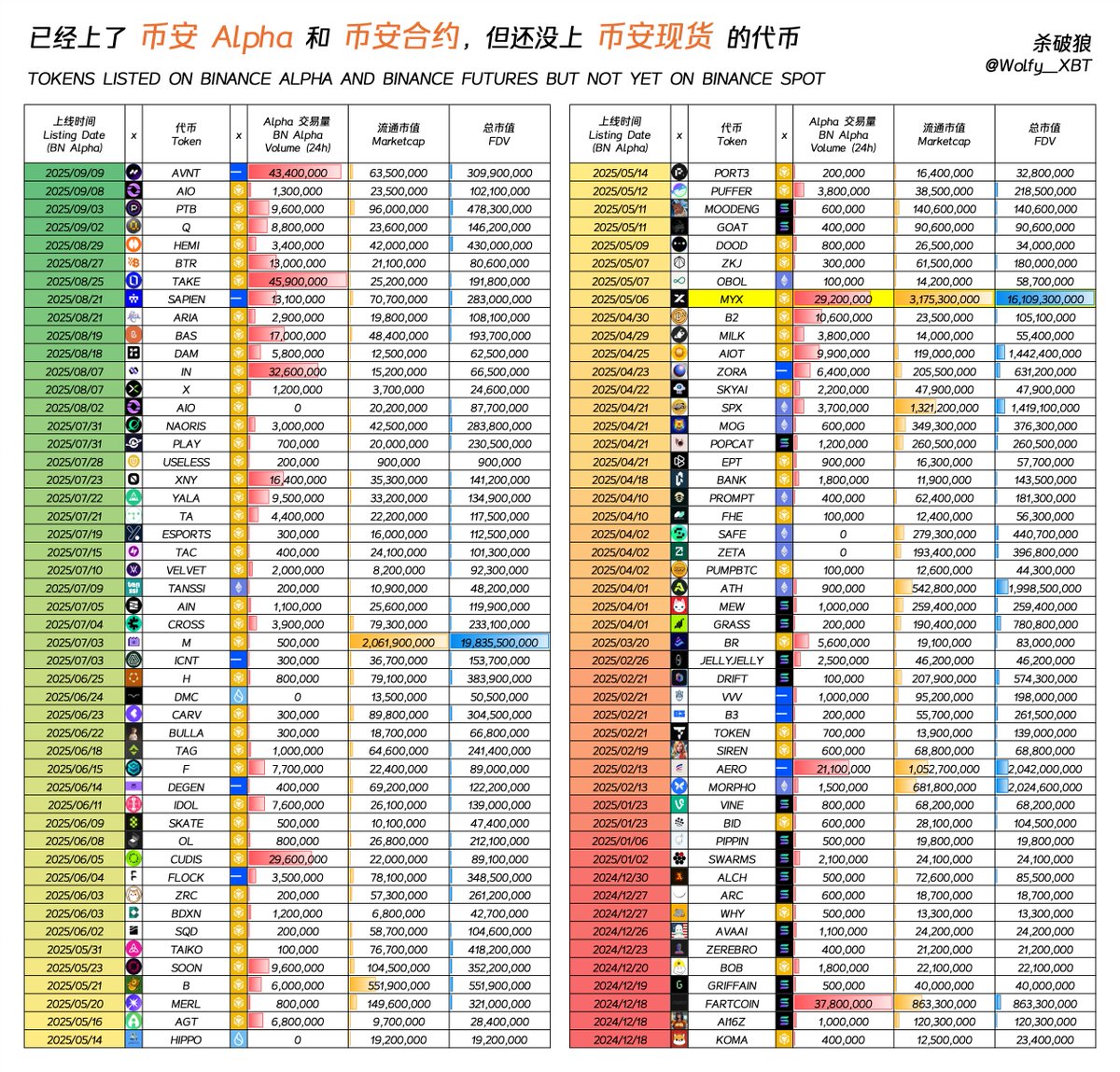Cena MantraDAO
v EUR

MantraDAO – informace
Zřeknutí se odpovědnosti
Vývoj ceny MantraDAO
MantraDAO na sociálních sítích






Průvodci

Vytvořte si bezplatný účet OKX.
Vložte si na účet finanční prostředky.
Zvolte si kryptoměnu
MantraDAO – nejčastější dotazy
MANTRA je platforma DeFi, která klade důraz na komunitou řízenou správu, stakingu, půjčování a další. Funguje na platformě Parity Substrate pro Polkadot a jejím cílem je vytvořit decentralizovaný finanční ekosystém.
MANTRA využívá transparentní správu a nabízí různé služby DAO a DeFi, včetně správy pokladny, launchpadu, správy DAO, staking, půjčky a další služby, které zapojují uživatele do rozhodování a finančních aktivit.
Tokeny OM můžete nakupovat na různých trzích spotového obchodování. Jedním z příkladů je kryptoměnová burza OKX, která nabízíOM/USDTobchodovatelný pár.
Pokud si chcete koupit OM za fiat měny, OKX má Expresní nákup Možnost, která se bude hodit. Platforma vám také umožní použítSměnitfunkce pro směnu přebytečných držených prostředků na OM. Pokud chcete OM směnit za fiat měnu, můžete použítKalkulačka kryptoměn od OKXzkontrolovat směnné kurzy.
Ponořte se hlouběji do MantraDAO
In pursuing true decentralization, community building is an essential cornerstone. This understanding has spurred the emergence of decentralized autonomous organizations (DAO). An exemplar of this concept is MANTRA DAO, an integral component of the MANTRA ecosystem.
What is MANTRA
MANTRA (previously known as MANTRA DAO) is a community-governed decentralized finance (DeFi) platform that specializes in staking, lending, and governance. It functions as a hub where the community not only influences the project's future changes through voting but also gains rewards. Operating on Parity Substrate for the Polkadot ecosystem, MANTRA DAO aims to establish a community-driven, transparent, and decentralized ecosystem for Web3 to empower individuals with financial control and collective wealth growth.
The MANTRA team
MANTRA was co-founded by Will Corkin, John Patrick Mullin, and Rodrigo Quan Miranda. Will Corkin is a blockchain and fintech entrepreneur with a substantial background in crypto and tokenized securities markets. John Patrick Mullin brings expertise as an educator and tokenization specialist in Hong Kong. Rodrigo Miranda, a former Hong Kong-based investment banker, transitioned to emerging technologies and founded Moon Street Ventures.
How does MANTRA work
Central to MANTRA's approach lies a dedicated commitment to community engagement. This dedication is reflected in a transparent governance mechanism that fosters unity and collaborative decision-making. Within this framework, the platform offers a diverse array of DAO and DeFi services, carefully designed to bolster security while simultaneously presenting avenues for earning. These services include essential aspects such as treasury management, launchpad and issuance control, DAO governance, and grants, among other offerings.
MANTRA’s governance token: OM
MANTRA DAO introduced its native token, OM, in mid-August 2020. It has a max supply of 888,888,888 OM tokens, equivalent to its total supply. OM has various applications such as staking, yield farming, lending and borrowing, governance, and voting.
OM distribution
OM is distributed in the following way:
- 8.5 percent allocated to the public through a public sale
- 9 percent distributed via a private sale
- 17.5 percent retained by the team and advisors
- 30 percent designated for staking rewards
- 12.5 percent assigned to referrals
- 10 percent allocated to the reserve
- 12.5 percent set aside for grants
Zveřejnění informací ESG





